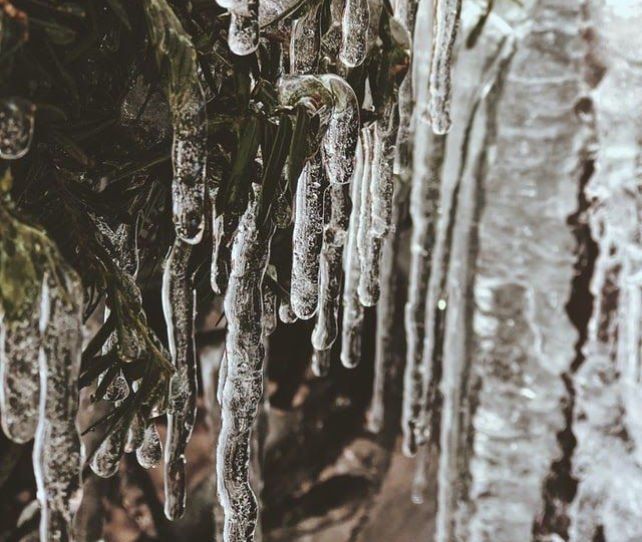What To Do If Your Pipes Freeze

Local meteorologists have used the “s” word…snow…and we’ve seen plenty of freezing temperatures already in 2021. If your plumbing is affected by this winter weather, your first step is to call All City Plumbers, your 24 emergency plumbing contractors in Birmingham, AL. We will respond as quickly as possible, but what can you do in the meantime? We want to give you some steps for dealing with frozen or burst pipes if you unfortunately ever have to experience them.
Frozen Pipes
This is what to do if your pipes freeze and haven’t burst. Typically you’ll notice this if your water barely comes out of a faucet or not at all.
The main thing is this- DO NOT let them thaw on their own over time. That can easily lead to them bursting, which is not only damaging but costly too.
Follow these steps to thaw your pipes:
Step 1- Turn on your interior water faucets. This is so that you can see water coming out indicating that you’ve found the frozen pipes and are successfully melting the ice. Also, moving water speeds up the thawing process.
Step 2- Find the frozen pipes. Look in places that aren’t heated as well, like a crawl space or under a sink that’s along the exterior wall. If you can’t find the culprit and are starting to suspect that it may be in an exterior wall, contact All City Plumbers.
Step 3- If you’re able to find the frozen pipe(s), safely apply heat. Some frequently used methods include these:
- Electric heat pads
- Hair dryers
- Portable space heaters
- Towels soaked in hot water
Remember, water and electricity are a dangerous combo, so use extreme caution when using anything electric. And whatever you do, DO NOT use ANYTHING with an open flame- lighter, blowtorch, candles, etc- to thaw the pipes.
Burst Pipes
What if, unfortunately, the pipe(s) actually burst? That’s a whole different and much worse situation. Here are some things you are able to do to minimize the water damage until we arrive. These are quick ways to keep water from ruining or damaging more belongings in your home.
- Before anything else, turn off the water supply. You don’t need more water coming into the system. Wait to turn the water back on until the Plumb One plumber that comes over says you are able to.
- Call All City Plumbers at 855-266-7682. Do this as soon as you are able to. If possible, have someone in your family call us while you turn off the water. We will get to you as soon as we can. Your All City Plumbers plumber can diagnose the cause, talk solutions, and fix the problem.
- Clean up any mess. Get water soaked up quickly to avoid excess water damage. Some water damage is inevitable when a pipe bursts, but the sooner you dry things up, the less likely you experience irreparable damage. Fast cleanup also ensures mold and mildew don’t grow. Get things dry as soon as possible.
- Drain faucets. Drain your faucets to remove the water left in the system. Water removal takes some of the pressure off the pipes. Flush toilets multiple times to drain the water out.
- Keep interior doors open and heat on. This will circulate warm air, which will help warm the pipes as well assist in drying the space.
- Use alternative repair methods if necessary. Repair sleeves, or using rubber, a wood piece, and a clamp can temporarily fix a burst pipe for a short-term situation. Place a piece of rubber on the burst area, cover it with a wood block, then clamp it all together. This keeps the water in the pipe for a short time until your All City Plumbers arrives. If you’re uncomfortable or unfamiliar with these temporary fixes, don’t attempt them as they could lead to a worsening problem.
Prevention
As with most things, prevention is key. Many plumbing issues, including frozen and burst pipes can be prevented and/or avoided. Occasional plumbing maintenance checks can make a world of difference. We’re able to identify any potential problem areas and insulate pipes that may be prone to freezing. You can help prevent frozen pipes too and you’re probably already familiar with several ways to do that. As a brief refresher-
- Keep faucets barely dripping when the temperature stays below freezing
- Keep cabinet doors under sinks open so that the warm air reaches the pipes
- Cover up outdoor spigots
- Insulate exposed pipes in crawl spaces or outdoors
Remember your 24 emergency plumbing contractors,All City Plumbers, are here and ready to come to the rescue whenever you’re dealing with frozen or burst pipes that need immediate attention! Contact us !











